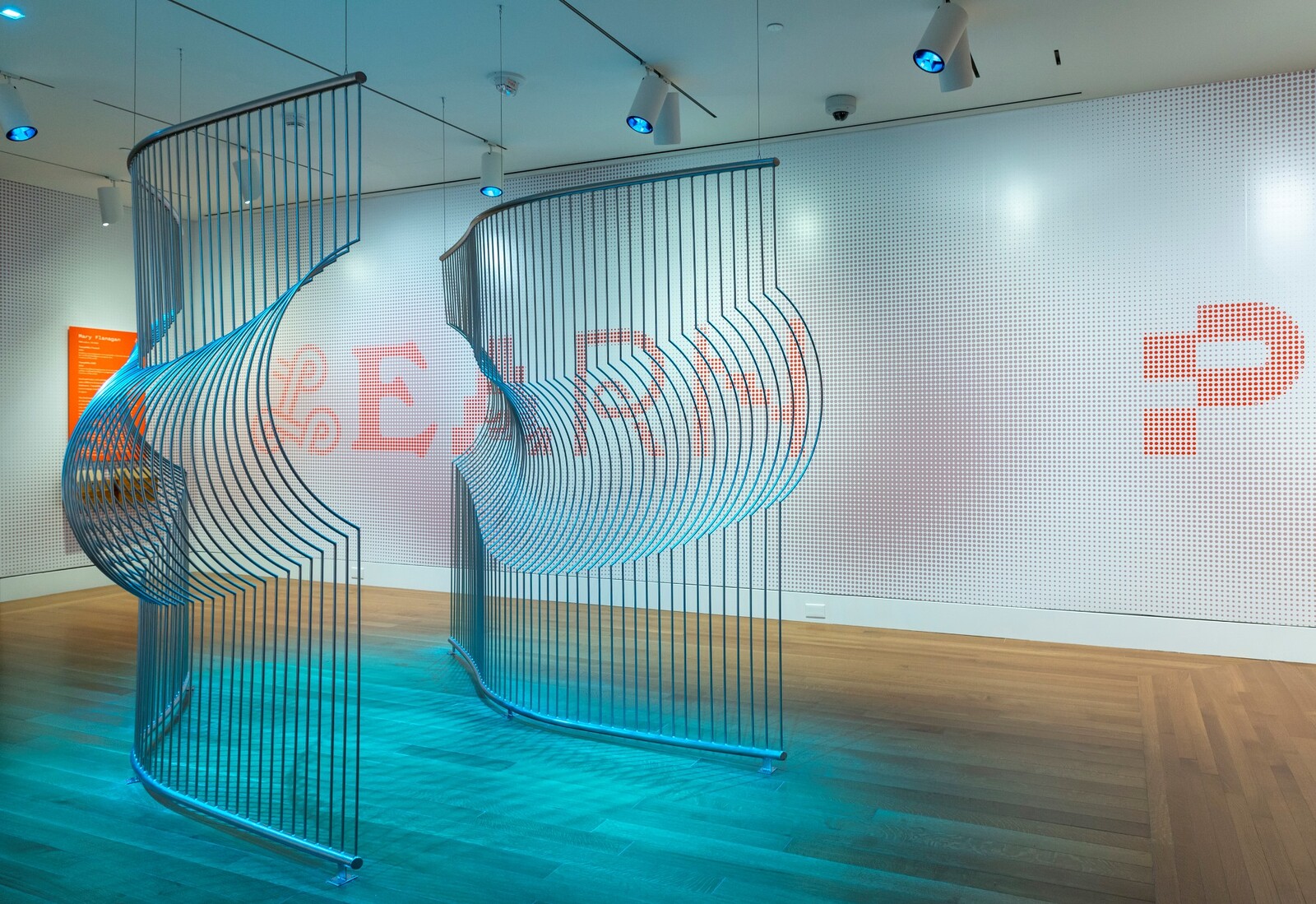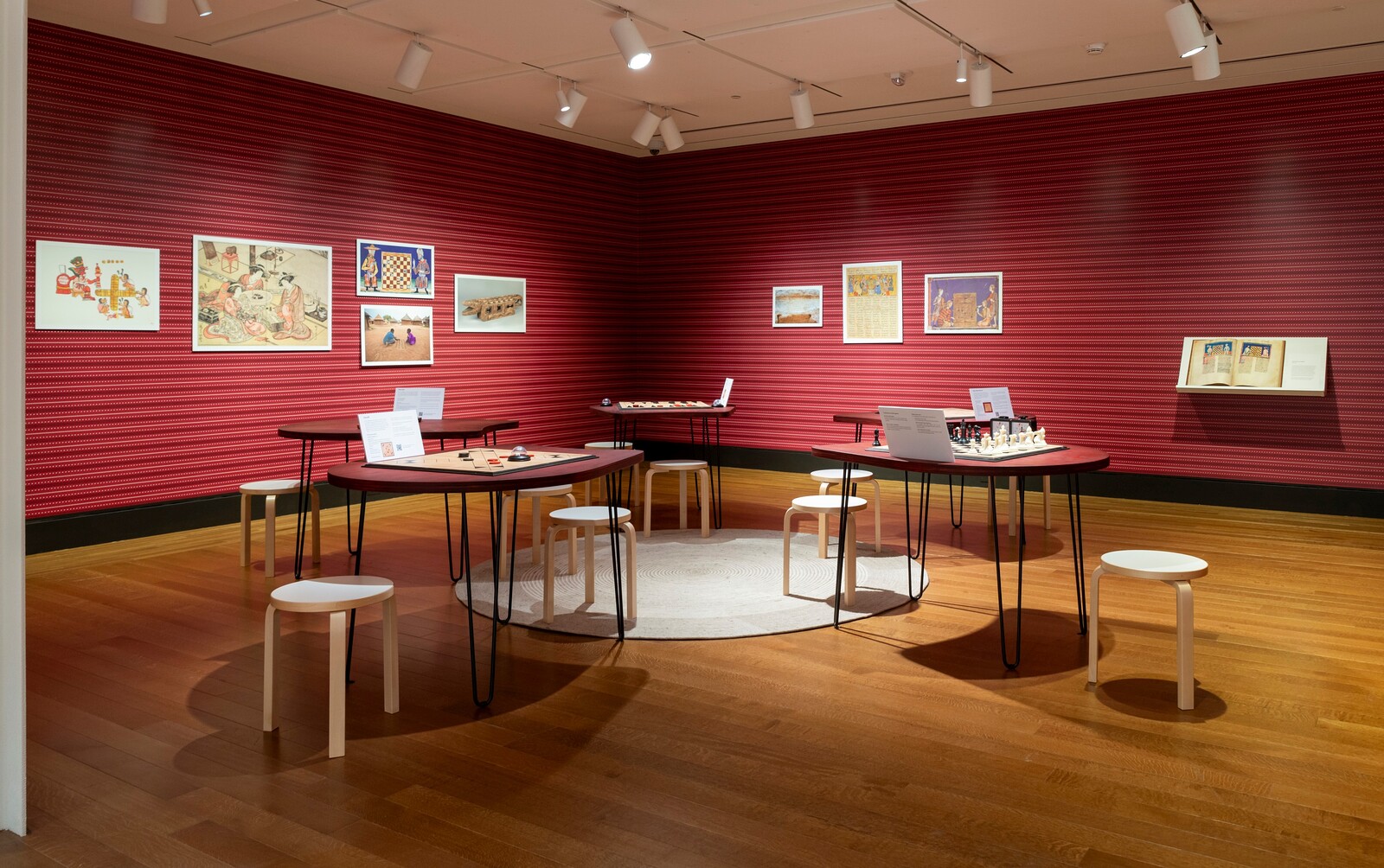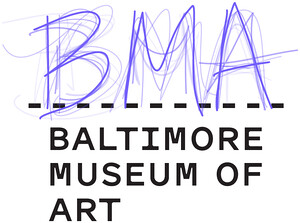10 Art Museum Drive
Baltimore, Maryland 21218
USA
Hours: Wednesday–Sunday 10am–5pm,
Thursday 10am–9pm
T +1 443 573 1700
F +1 443 573 1582
bmasocial@artbma.org
The Baltimore Museum of Art (BMA) celebrated the public re-opening of its Patricia and Mark Joseph Education Center on Sunday, December 3, with new opportunities for hands-on artmaking and interactive engagement for families, students, and art lovers of all ages. The renovation of the 5,625-square-foot center was made possible by Baltimore philanthropists Patricia and Mark Joseph, who have been major donors to the BMA for over three decades. They established the center in 2015 with a 3 million USD gift and have contributed 2.5 million USD toward its reconceptualization. The transformation of the center recognizes the evolving ways people learn, enables digital learning and enhanced global connectivity, and establishes more unified areas for intergenerational learning through interactions that prompt surprise, socialization, creativity, and further artistic inquiry.
At the heart of the renovated and expanded center is an Experience Gallery with a series of site-specific installations by internationally acclaimed artists Derrick Adams, Mary Flanagan, and Pablo Helguera, who each created highly interactive experiences that encourage learning through play and physical connection. The following works are on view for approximately three years:
Mary Flanagan, Topophilia (Tunnel) and Topophilia (Hill), 2023
Flanagan has created two large-scale works that reimagine Baltimore landmarks as an embodied experience and multisensory exploration. Topophilia (Tunnel) is a freestanding sculpture made from seven-foot-tall steel rods that references the astounding engineering feat of the Baltimore Harbor Tunnel. Topophilia (Hill) is an expansive work that captures the landscape of Baltimore’s Federal Hill through the lines of its topography, creating an optical experience that encompasses viewers in the space. Poems on large wooden cards made by the artist invite contemplation of earth and water as essential elements of life, as well as the history of the city and its relationship to land and people.
Derrick Adams, Dew Drop Inn, 2023
Dew Drop Inn is a color-filled, immersive space populated by Adams’ Dew Drop characters, which are presented through vibrant wall and floor graphics and bean bag chairs adorned with arms, eyes, and individual hairstyles. Dew Drop Inn visitors can play a non-competitive card game created by Adams that invites visitors to match pairs of 20 artworks made by Black artists such as Zoë Charlton, Jonathan Lyndon Chase, and Valerie Maynard in the BMA’s collection.
Pablo Helguera, Flor de Juegos Antiguos (Flower of Ancient Games), 2023
Helguera’s work celebrates the history and significance of game play around the world with five petal-shaped wood tables with different game boards integrated into the tabletops. The games include Mancala (Africa), Patolli (Meso-America), Backgammon (Iran), Chess (India), and Nine Men’s Morris (Europe). Instructions and information about each game accompany each table, encouraging visitors to both test the games and learn more about their origins and social contexts.
Other aspects of the renovation include a new Wall of Wonder, a key architectural feature that physically and conceptually unifies the center through digital displays and discovery drawers. The drawers were designed by Baltimore artist Danielle Nekimken and created by local fabricator Mark Ward and feature interactive elements that encourage visitors to consider how artists play and the materials with which they play. An Insight Lab substantially expands the BMA’s ability to host school and other tour groups and deepens our commitment to engaging visitors in artmaking. The room also hosts a space for evaluation, visitor response, and dialogue, as well as an area for quiet contemplation and reading. The always-popular Studio has been reconceptualized so that it can accommodate more visitors and be programmed for lightly facilitated drop-in art experiences during regular hours. New high-quality video and sound technology supports livestreaming and distance learning programs, including virtual tours or studio sessions.





